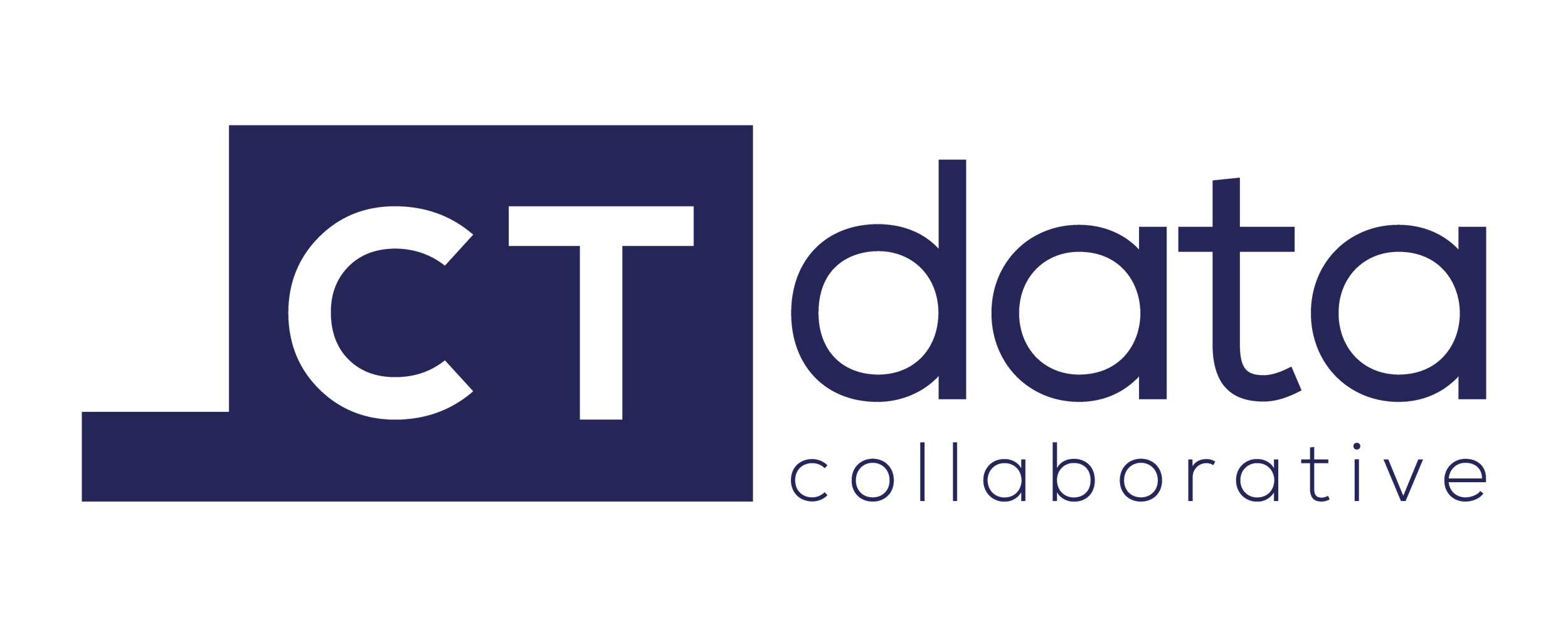Error in the 2022 American Community Survey Domestic Migration Estimates for Connecticut
When the Census Bureau released state-to-state migration estimates from the 2022 American Community Survey (ACS) in November of last year, they showed that Connecticut had experienced a net gain of nearly 57,000 domestic migrants since 2021. This would mean that nearly 57,000 more people moved into Connecticut from another U.S. state than moved from Connecticut to another state. This surprisingly large boost in net domestic migration relative to prior years was widely covered by local news outlets (for example, CT Insider: “Connecticut gained 57,000 residents in 2022, the state's biggest increase in almost two decades”).
However, this estimate differed markedly from that of the Census Bureau’s Population Estimates Program (PEP), which estimated that Connecticut experienced a net loss of about 13,500 domestic migrants in 2022. These two estimates are generated using different methods, so some differences are expected, but this difference was much larger than we would expect.
Earlier this year, we reached out to the Census Bureau to raise our concern and to ask about the reason for this large discrepancy. Last month, the Census Bureau released an erratum informing the public that they had made a data processing error in the 2022 ACS domestic migration estimates for Connecticut and that data users should not use these migration estimates.
What Happened?
According to the erratum released by the Census Bureau, as a result of Connecticut’s transition from counties to county-equivalent planning regions which was first implemented for 2022 Census Bureau data products, individuals who reported a Connecticut county as their residence in the prior year on the ACS were unintentionally omitted from the pool of potential “donors” for allocating (i.e., filling in) missing or inconsistent migration data. The results of this error were:
Movers from different states and Puerto Rico to Connecticut were over-estimated.
Movers within Connecticut were under-estimated.
Movers from Connecticut to other states and Puerto Rico were under-estimated.
Thus, Connecticut’s domestic in-migration was over-estimated and domestic out-migration was underestimated, combining to yield an inaccurately large positive net domestic migration estimate for Connecticut.
The Census Bureau’s erratum notes that data for total movers, non-movers, movers from abroad, and place of work were not affected.
Which Data Products Were Affected?
The data processing error impacts the domestic migration estimates in following Census Bureau data products:
2022 ACS 1-year estimates and Public Use Microdata Sample (PUMS) files
2018-2022 ACS 5-year estimates and PUMS files
Other estimates within these products have not been affected by this error.
This error will be corrected in the 2023 ACS 1-year estimates and the 2019-2023 ACS 5-year estimates.
What Should Data Users Do?
Data users should not use estimates of domestic migration to, within, or from Connecticut from the 2022 ACS 1-year or 2018-2022 ACS 5-year data products.
Instead, we suggest using the 2022 net domestic migration estimates released by the Census Bureau’s Population Estimates Program (you will find these estimates under “components of change” for the state and county-equivalent planning regions). The Population Estimates Program estimated that Connecticut’s net domestic migration was -13,500 in 2021-2022. For accurate domestic migration flows data (i.e., migration between specific states and counties), you will need to wait for the 2023 ACS estimates which are slated to be released later this year. The Census Bureau is not currently planning on publicly releasing revised 2022 ACS migration estimates.
For More Information
See the Census Bureau’s erratum for more details about this data processing error.
To learn more about Census data and resources provided by CTData, head to our Census Data portal, where you can learn about the different sources of population data on our Population Statistics Hub and access Census Tools and Resources for your census data project. Explore other data sets and analysis at data by topic and data projects. You can stay up-to-date on the latest data and tools by subscribing to our newsletter and following CTData on Facebook, Twitter, and LinkedIn.
